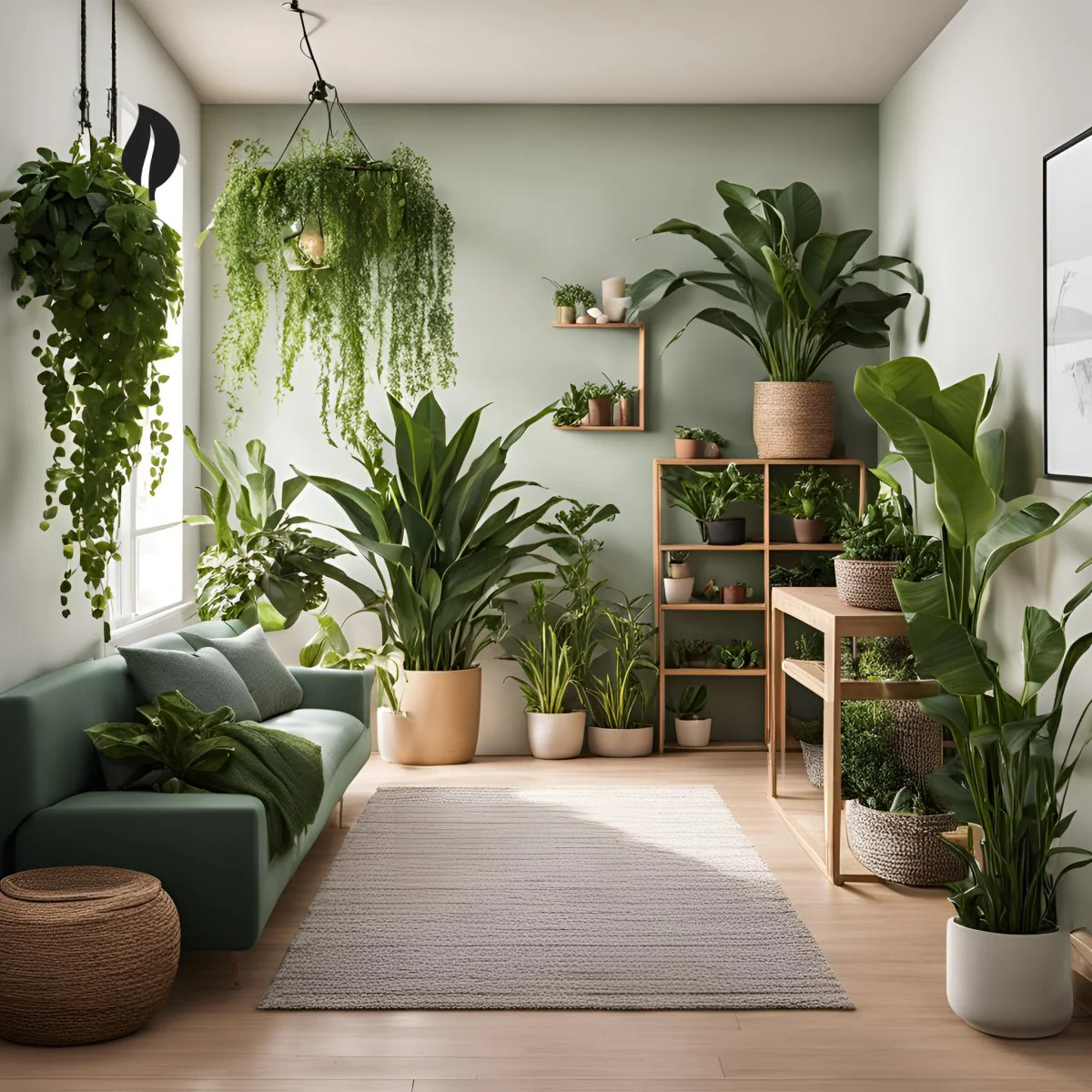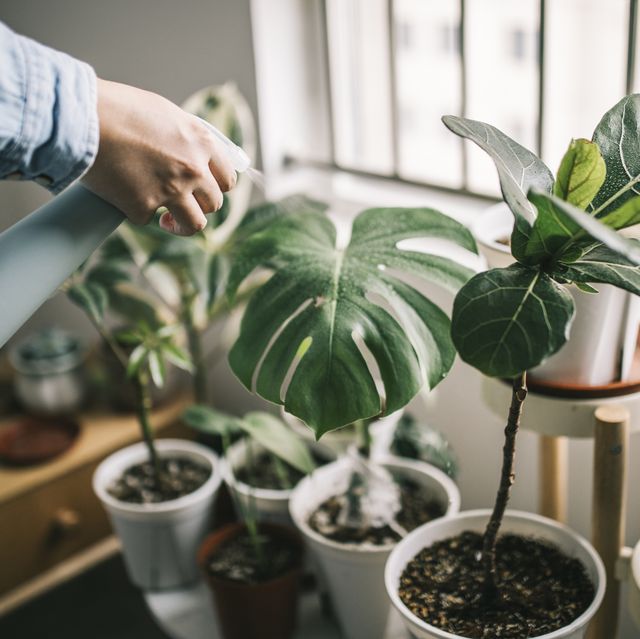How to Care for the Best Low-Light Indoor Plants in Any Environment
How to Care for the Best Low-Light Indoor Plants in Any Environment
Blog Article
Transform Your Home With Beautiful Low-Light Indoor Plants and Their Advantages
Including low-light indoor plants into your home can significantly enhance both the environmental and visual high quality of your space. These plants, which flourish in dark conditions, offer not just as attractive components yet also as all-natural air purifiers, making them perfect for city occupants or those with minimal sunlight exposure. As we check out the different sorts of low-light plants and their benefits, you may find unusual ways to incorporate them right into your home that can change your environments in ways you may not have expected.
Advantages of Low-Light Plants
Low-light plants offer countless advantages for indoor atmospheres, making them an outstanding selection for both newbie and seasoned garden enthusiasts. Among the key benefits is their versatility to low-light problems, permitting people to boost their space without the demand for considerable sunlight direct exposure. This particular makes them ideal for apartment or condos, workplaces, and other areas with minimal all-natural light.

Furthermore, integrating low-light plants right into home decoration can raise the visual appeal of an area. Their lush vegetation and differed structures produce a soothing environment, contributing to overall health. The presence of greenery has been connected to decreased tension degrees and enhanced productivity, making low-light plants a practical selection for improving both physical and psychological health and wellness in interior setups.
Leading Low-Light Indoor Plants
While many interior plants thrive in intense light, numerous species are specifically fit for low-light problems, making them perfect for different interior spaces. One preferred choice is the Snake Plant (Sansevieria), understood for its striking upright fallen leaves and resilience, calling for very little treatment. One more excellent alternative is the Pothos (Epipremnum aureum), which includes heart-shaped fallen leaves and can track beautifully from hangers or shelves, prospering in low light and adding a lavish touch.
The ZZ Plant (Zamioculcas zamiifolia) is commemorated for its shiny fallen leaves and ability to stand up to overlook, making it excellent for hectic lifestyles. Likewise, the Peace Lily (Spathiphyllum) not only endures low light but likewise produces sensational white flowers, enhancing any room's visual.
For an one-of-a-kind touch, consider the Cast Iron Plant (Aspidistra elatior), which certainly lives up to its name, prospering in the darkest corners of your home. Lastly, the Chinese Evergreen (Aglaonema) provides a variety of fallen leave patterns and shades while being remarkably forgiving in low-light problems. These plants not just beautify indoor atmospheres however additionally add to air filtration, improving Full Report your living room.
Care Tips for Low-Light Plants

Watering methods are important; these plants frequently favor somewhat completely dry conditions. Overwatering can bring about root rot, so ensure that the top inch of soil is completely dry before sprinkling again. Usage pots with water drainage holes to permit excess moisture to leave.
Humidity is an additional essential element. Many low-light plants, such as brushes and peace lilies, benefit from higher moisture levels. To enhance moisture, think about misting the fallen leaves or putting a tray of water near the plants.
Fertilizing should be come close to with care. Throughout the expanding period, utilize a weakened, well balanced liquid plant food each month to support development, yet stay clear of fertilizing during the inactive winter season.

Creative Ways to Display Plants
Indoor plants can offer as captivating centerpieces in any type of space, improving both visual appeal and ambiance. Innovative displays can boost the aesthetic influence of low-light plants, making them an essential component of your home style. One efficient technique is to utilize tiered plant stands, which enable you to display multiple plants at varying elevations while maximizing floor room.
Hanging planters are one more cutting-edge choice, developing a feeling of depth and attracting the eye upward. Take into consideration macramé wall mounts or wall-mounted my site racks to present a distinct texture and design.
For an extra organized method, usage geometric terrariums or glass containers to house your plants, including a contemporary touch to your indoor garden. You can also repurpose classic things, such as teacups or wood dog crates, for a diverse display screen that shows your character.
Enhancing Home Ambiance With Plants
Integrating low-light plants right into your home not only enhances aesthetic appeal however additionally adds significantly to the general atmosphere. These plants offer as all-natural design components, introducing a feeling of tranquility that can change any area. The presence of plant fosters a calming atmosphere, which is especially helpful in high-stress atmospheres such as office or living rooms.
Low-light plants, such as snake plants, pothos, and ZZ plants, are not just visually pleasing however additionally enhance interior air quality by filtering toxins. This double function enhances the atmosphere further, creating a healthier living space (Best low-light indoor plants). The strategic positioning of these plants can additionally influence the understanding of space; for circumstances, high plants can attract the eye up, making ceilings appear greater and areas more roomy
Additionally, differing structures and colors of vegetation add depth to indoor style, permitting innovative expression in home designing. Whether positioned on shelves, in corners, or as centerpieces, low-light find more plants can boost the state of mind of any space. In recap, including these plants into your home is an effective way to promote a cozy, inviting ambience while enjoying the benefits of enhanced air top quality and visual adaptability.
Verdict
Incorporating low-light interior plants right into home settings supplies numerous benefits, consisting of boosted visual allure and enhanced air top quality. These resistant plants, such as the Snake Plant and Tranquility Lily, call for very little light and maintenance, making them ideal for diverse way of lives.
While many indoor plants flourish in brilliant light, numerous varieties are specifically well-suited for low-light conditions, making them ideal for numerous interior rooms. One efficient method is to use tiered plant stands, which allow you to display numerous plants at varying heights while maximizing floor space.
Low-light plants, such as snake plants, pothos, and ZZ plants, are not only visually pleasing yet also improve indoor air high quality by filtering toxins. Best low-light indoor plants. The strategic positioning of these plants can also influence the understanding of space; for circumstances, high plants can draw the eye upward, making ceilings show up higher and areas more spacious
These resilient plants, such as the Snake Plant and Tranquility Lily, require marginal light and upkeep, making them suitable for varied lifestyles.
Report this page